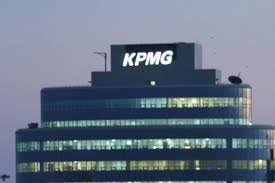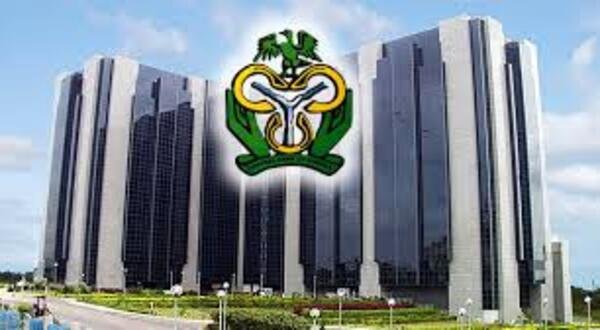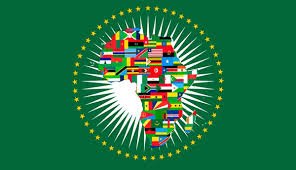Nigeria’s broad money supply (M2) climbed to N119.52 trillion in August 2025, up from N117.4 trillion in June and N107 trillion a year earlier, according to data from the Central Bank of Nigeria (CBN).
Net foreign assets rose slightly to N40.9 trillion in August from N40.7 trillion in June, reflecting a modest improvement in external reserves. At the same time, net domestic assets advanced to N78.58 trillion from N76.8 trillion, driven by growth in credit to both the government and private sector.
Narrow money (M1), which covers currency in circulation and demand deposits, fell to N39.3 trillion in August from N39.9 trillion in June. This contraction contrasts with the rise in M2, highlighting a shift from cash and current accounts toward savings and time deposits, strengthening quasi-money balances.
In September, the Monetary Policy Committee cut the benchmark Monetary Policy Rate (MPR) by 50 basis points to 27 percent from 27.5 percent. The Committee also narrowed the asymmetric corridor around the MPR to +250 and -250 basis points, from the previous +500/-100 basis points, while retaining the Cash Reserve Ratio (CRR) at 45 percent for commercial banks and 16 percent for merchant banks.
The combined rise in net foreign assets and domestic credit has fueled broad liquidity growth, raising risks of inflationary pressures and exchange-rate instability. However, the decline in M1 suggests less immediate cash-based activity, a factor that may partially offset inflation momentum in the short term.
Credit expansion to households, businesses, and the government remains the key driver of monetary growth, underpinning economic activity but exposing the financial system to fiscal financing risks. The effectiveness of the MPR cut and the tighter corridor will be closely watched by investors and policymakers seeking to gauge whether liquidity can be contained without choking credit-driven growth.
Nigeria’s M2 at N119.52 trillion underscores deep liquidity, but the concentration in quasi-money points to a structural shift in savings and deposit behavior. The CBN’s calibrated mix of easing and prudence reflects its attempt to balance growth with stability in the face of persistent inflationary pressures and volatile exchange-rate dynamics.























